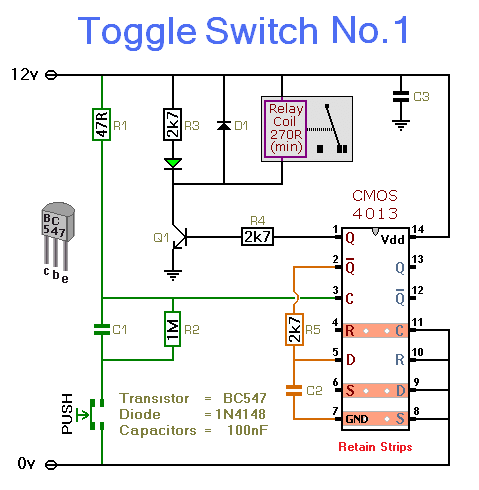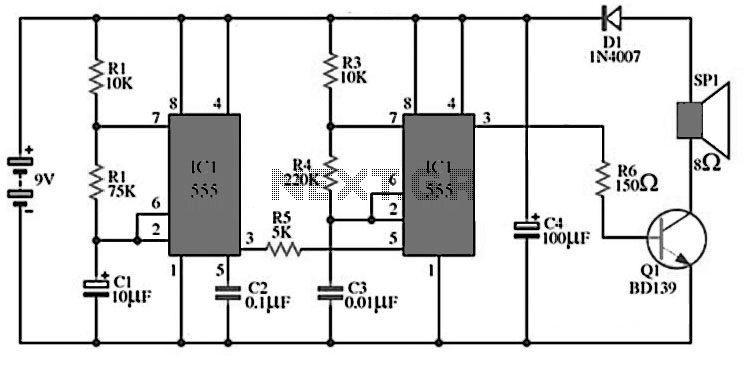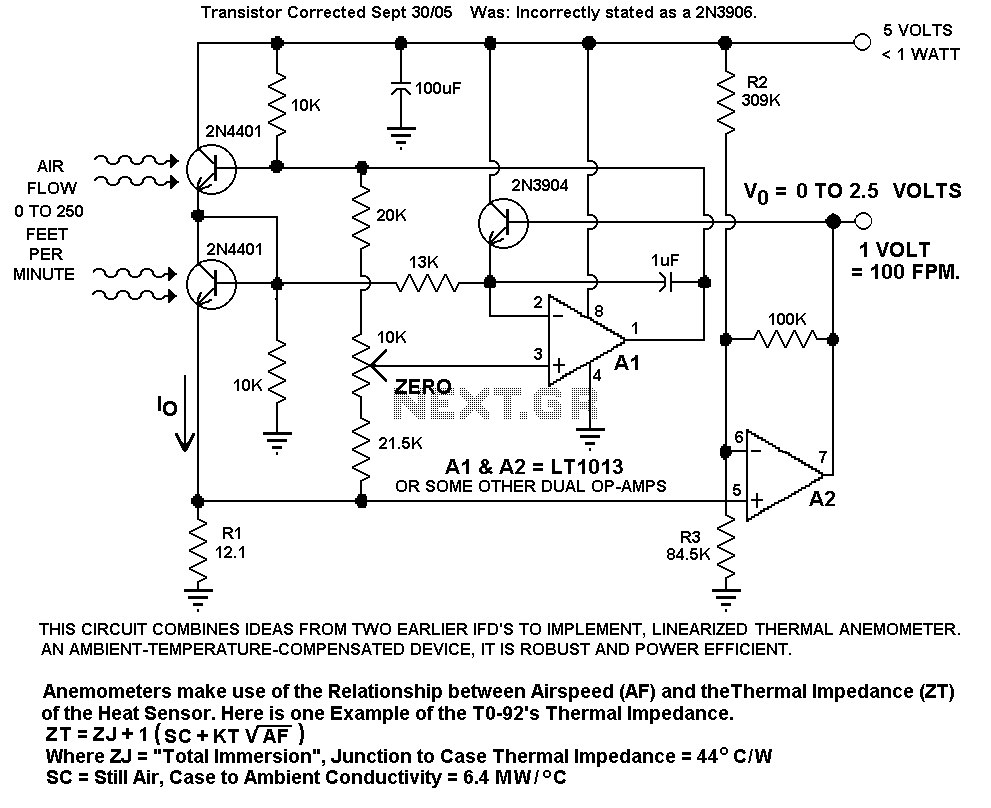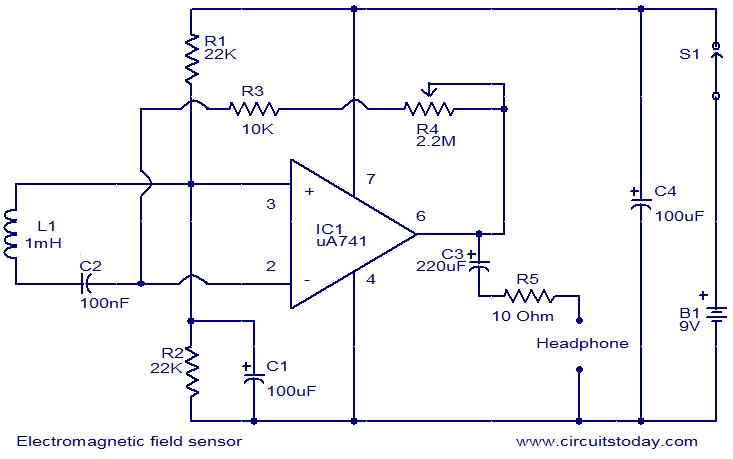
Electronic Toggle Switch No1 circuit

This simple circuit will energize and de-energize a relay with the push of a button. Pressing the button once will energize the relay, while pressing it a second time will de-energize the relay. The accompanying circuit provides a solid introduction to the operation of the CMOS 4013.
The described circuit utilizes a CMOS 4013 dual D-type flip-flop to control the state of a relay based on a momentary push-button input. The circuit operates in a bistable mode, allowing it to toggle between two states: energized and de-energized.
When the push button is pressed, it triggers the clock input of the first flip-flop within the CMOS 4013. This clock pulse changes the output state of the flip-flop from low to high, energizing the relay. The relay can then be used to control larger loads or switch other circuits. When the button is pressed again, another clock pulse is generated, which toggles the output of the flip-flop back to low, thus de-energizing the relay.
Key components of the circuit include:
1. **CMOS 4013**: This IC contains two D-type flip-flops, which are the core of the toggle mechanism.
2. **Push Button**: A momentary switch that provides the clock signal to the flip-flop.
3. **Relay**: An electromagnetic switch that is actuated by the output of the flip-flop.
4. **Resistors and Capacitors**: These may be included for debouncing the push button and ensuring stable operation of the flip-flop.
The circuit can be powered by a suitable DC source, typically between 3V to 15V, depending on the specifications of the relay and the CMOS IC. Proper attention should be given to the relay's coil voltage and current ratings to ensure compatibility with the circuit design.
In summary, this circuit effectively demonstrates the basic principles of digital electronics and relay control, making it a valuable learning tool for those interested in electronics and circuit design.This simple circuit will energize and de-energize a relay at the push of a button. Pushing the button once - will energize the relay. And pushing it a second time - will de-energize the relay. The accompanying Circuit offers a good introduction to the workings of the Cmos 4013.. 🔗 External reference
The described circuit utilizes a CMOS 4013 dual D-type flip-flop to control the state of a relay based on a momentary push-button input. The circuit operates in a bistable mode, allowing it to toggle between two states: energized and de-energized.
When the push button is pressed, it triggers the clock input of the first flip-flop within the CMOS 4013. This clock pulse changes the output state of the flip-flop from low to high, energizing the relay. The relay can then be used to control larger loads or switch other circuits. When the button is pressed again, another clock pulse is generated, which toggles the output of the flip-flop back to low, thus de-energizing the relay.
Key components of the circuit include:
1. **CMOS 4013**: This IC contains two D-type flip-flops, which are the core of the toggle mechanism.
2. **Push Button**: A momentary switch that provides the clock signal to the flip-flop.
3. **Relay**: An electromagnetic switch that is actuated by the output of the flip-flop.
4. **Resistors and Capacitors**: These may be included for debouncing the push button and ensuring stable operation of the flip-flop.
The circuit can be powered by a suitable DC source, typically between 3V to 15V, depending on the specifications of the relay and the CMOS IC. Proper attention should be given to the relay's coil voltage and current ratings to ensure compatibility with the circuit design.
In summary, this circuit effectively demonstrates the basic principles of digital electronics and relay control, making it a valuable learning tool for those interested in electronics and circuit design.This simple circuit will energize and de-energize a relay at the push of a button. Pushing the button once - will energize the relay. And pushing it a second time - will de-energize the relay. The accompanying Circuit offers a good introduction to the workings of the Cmos 4013.. 🔗 External reference





